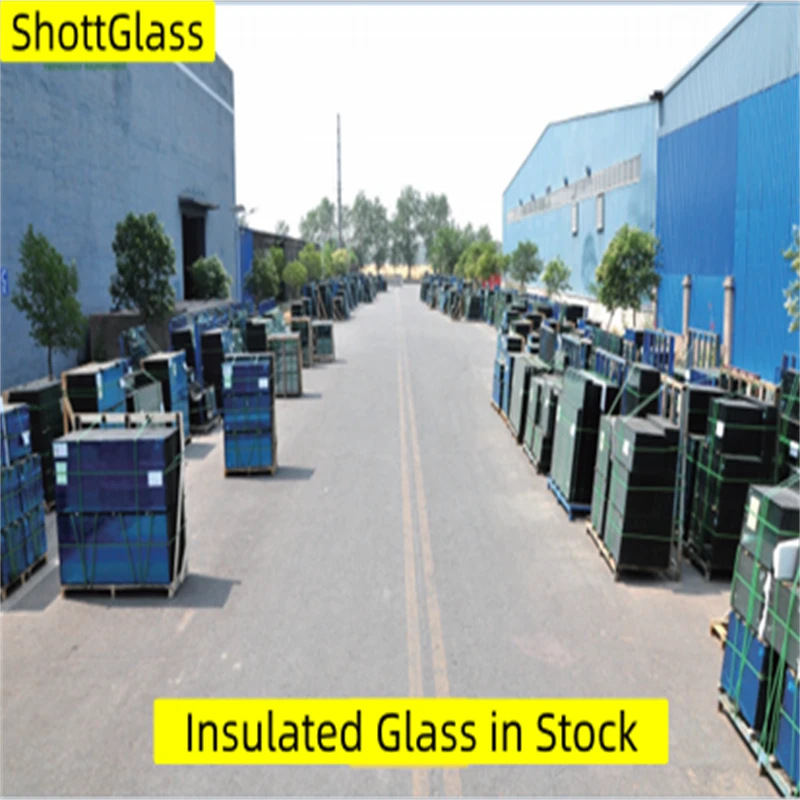Dec . 22, 2024 23:24 Back to list
low iron tempered glass
The Advantages and Applications of Low Iron Tempered Glass
In the world of architectural design and construction, the choice of materials is pivotal in achieving both functionality and aesthetics. One material that has emerged as a front-runner in these domains is low iron tempered glass. This specialized type of glass boasts a unique combination of properties that makes it ideal for a variety of applications, particularly in modern buildings where light, transparency, and safety are paramount.
Understanding Low Iron Tempered Glass
Low iron tempered glass is distinguished by its significantly reduced iron content compared to standard glass. This reduction in iron allows for higher light transmittance and enhanced clarity, resulting in a glass that appears almost crystal-clear. While regular glass may have a greenish tint due to iron, low iron glass offers a neutral color, making it an aesthetically pleasing choice for architects and designers.
Tempering is a process that involves heating the glass to a high temperature and then rapidly cooling it. This treatment increases the glass's strength and thermal resistance, making it more durable than untreated glass. As a result, low iron tempered glass can withstand impact, thermal stress, and various environmental conditions, making it particularly suitable for facades, balustrades, and other architectural applications where safety and performance are crucial.
Aesthetic Appeal
One of the most compelling reasons to use low iron tempered glass is its aesthetic appeal. The extraordinary clarity of the glass not only allows for unobstructed views but also enhances the overall look of a building. When used in storefronts, for example, low iron tempered glass can create an inviting atmosphere that beautifully showcases products, drawing the attention of potential customers. In residential applications, large sheets of low iron tempered glass can create seamless transitions between indoor and outdoor spaces, allowing natural light to flood the interior while framing the beauty of the outside world.
Versatility and Applications
low iron tempered glass

Low iron tempered glass is incredibly versatile, finding application in numerous industries. In architecture and construction, it is commonly used for curtain walls, skylights, and glass roofs, capitalizing on its ability to allow maximum light while ensuring safety and durability. In the automotive industry, low iron tempered glass has become increasingly popular for windows and windshields, as it enhances visibility and optical clarity, critical for driving safety.
Moreover, in the growing trend of eco-friendly building practices, low iron tempered glass plays a significant role. Its high light transmittance means that less artificial lighting is needed during the day, contributing to energy savings and reduced carbon footprints. Furthermore, when combined with low-emissivity (Low-E) coatings, low iron glass can improve a building's thermal performance, preventing heat loss in winter and reducing heat gain in summer.
Safety and Compliance
Safety is a paramount concern in any construction project, and low iron tempered glass excels in this regard. The tempering process not only strengthens the glass but also ensures that if it does break, it shatters into small, blunt pieces rather than sharp shards, which reduces the risk of injury. This characteristic makes it an ideal material for areas where human safety is concerned, such as public spaces and areas prone to heavy foot traffic.
Moreover, many building codes and regulations require the use of tempered glass in applications where safety is critical. By choosing low iron tempered glass, architects and builders can easily meet these compliance standards while also benefiting from the glass’s exceptional performance qualities.
Conclusion
In conclusion, low iron tempered glass represents a remarkable advancement in glass technology, combining aesthetic beauty with unparalleled strength and safety. Its crystal-clear appearance, versatility, and eco-friendly properties make it an attractive choice for a wide range of applications, from commercial buildings to residential homes. As the demand for innovative and sustainable building materials continues to grow, low iron tempered glass will undoubtedly remain at the forefront, shaping the future of architecture and design. By embracing this versatile material, architects and builders can create spaces that are not only visually stunning but also safe and environmentally conscious.
-
Safety and Style with Premium Laminated Glass Solutions
NewsJun.24,2025
-
Reinvents Security with Premium Wired Glass
NewsJun.24,2025
-
Premium Float Glass Line for Modern Architecture
NewsJun.24,2025
-
Low Emissivity Glass for Energy-Efficient Architecture
NewsJun.24,2025
-
High-Performance Insulated Glass Solutions for Modern Architecture
NewsJun.24,2025
-
Elevates Interior Style with Premium Silver Mirror
NewsJun.24,2025
Related PRODUCTS














